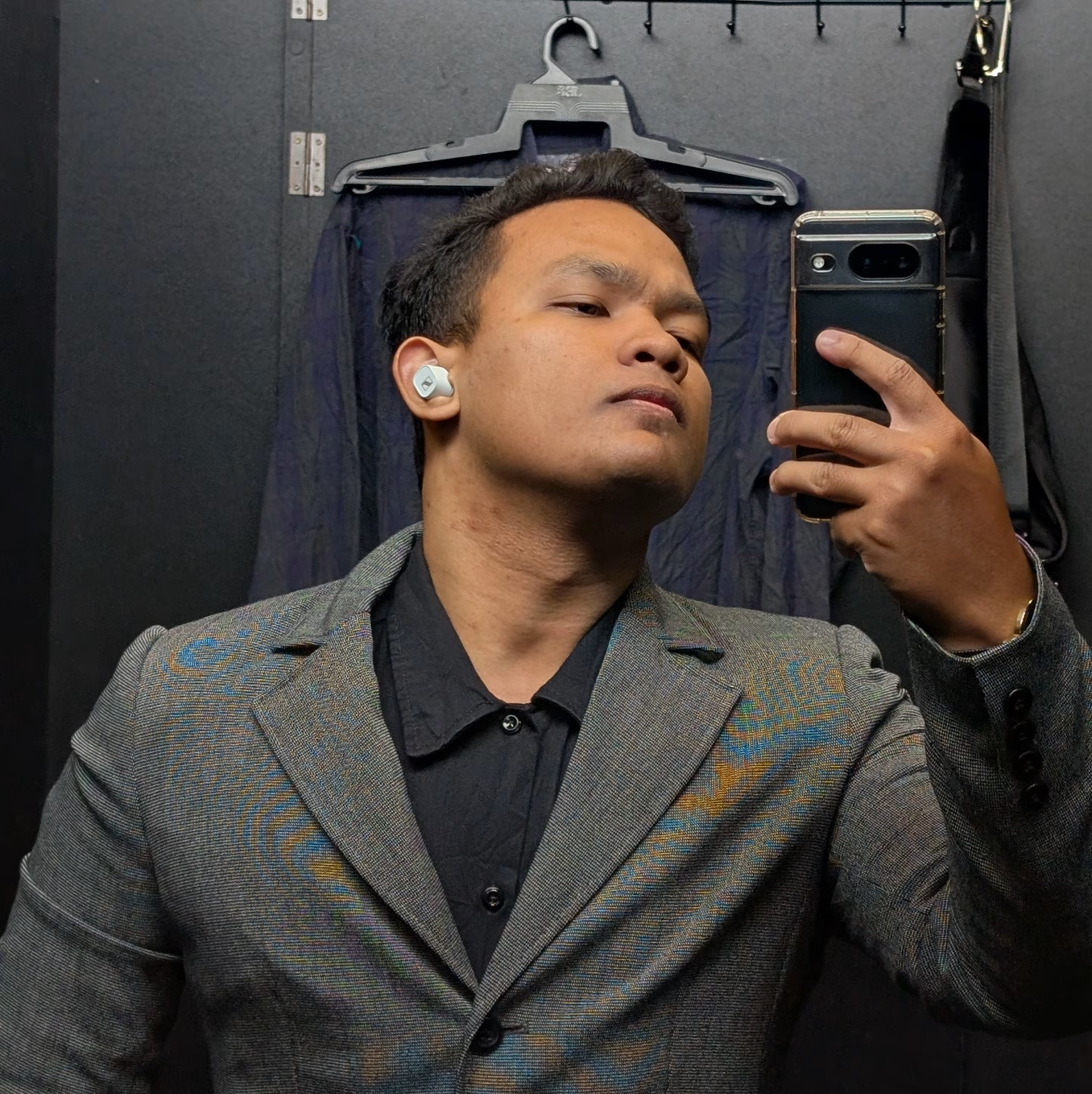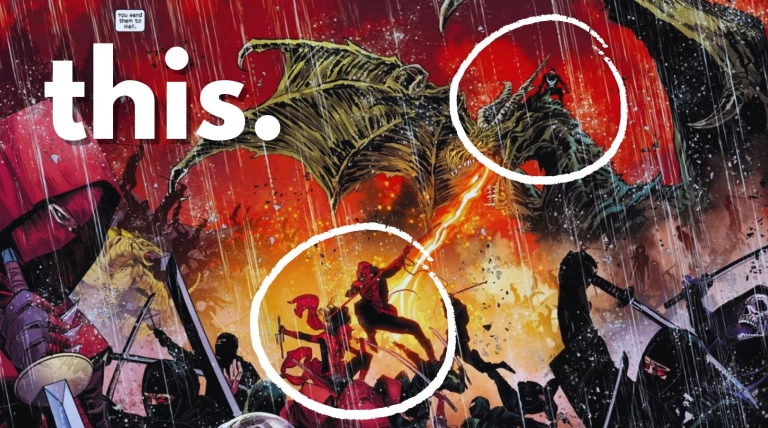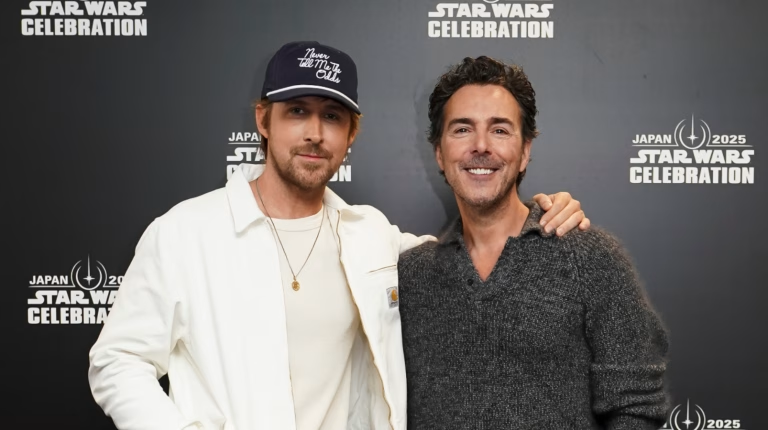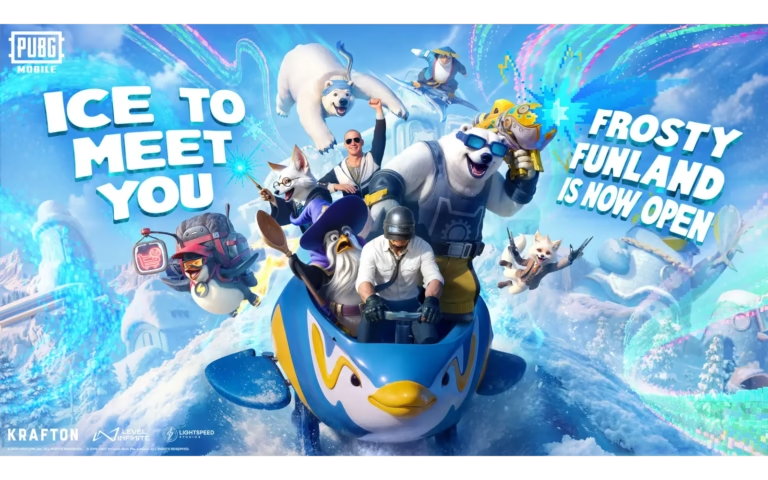
Lesson from Tiny Chef: when art imitates life, a great breakthrough is achieved.
When the creators of The Tiny Chef Show announced its cancellation, they didn’t issue a press release or a corporate statement. Instead, they delivered the news through a 76-second stop-motion video of their beloved protagonist receiving the devastating call—and in that brief, heartbreaking moment, they reminded the world why human-made storytelling resonates in ways artificial intelligence cannot replicate.
The clip, which has since amassed over 115 million views, didn’t just inform audiences of the show’s end; it made them feel the loss alongside Tiny Chef, proving that empathy is not just about what we see, but how we’re invited to experience it.
At the core of the video’s emotional power is its imperfection. Unlike the slick, algorithmically generated animation that dominates much of today’s digital content, Tiny Chef’s reaction was brimming with tactile, human-made details. The frayed edges of his felt apron, the slight wobble in his movements as he dropped his duster in shock, and the barely perceptible tremble in his voice as he whispered, “But we won an Emmy…”—these were not programmed gestures but the result of painstaking, frame-by-frame craftsmanship.
Psychologists refer to this phenomenon as haptic empathy, where the brain responds to the physical texture of emotion, making the viewer not just an observer but a participant in the grief.
AI can simulate sadness, yes, but it cannot replicate the weight of a hand-stitched puppet slumping onto a bed, defeated.
What Makes The Tiny Chef Scene So Powerful?

What made Tiny Chef’s reaction so devastatingly relatable was its layered authenticity.
This wasn’t just a character being told his show was over; it was a meta-narrative about the fragility of art itself. When Chef pleaded, “What about Rob? Jen? Kate?”—naming real crew members—the video blurred the line between fiction and reality, forcing audiences to confront the human cost of cancellation.
The director, Rachel Larsen, later revealed that she channelled her own experience of loss into the animation, drawing from the death of her dog to shape Chef’s collapse into sobs. This biographical depth transformed the clip from a farewell into a shared moment of mourning, one that resonated far beyond the show’s core audience. Strangers who had never seen The Tiny Chef Show found themselves moved to tears, with comments like “I don’t know who this little guy is, but I want to hug him” flooding social media.
Give that baby back his show
— SIREN | MERMAIDGANG (@SirenThaGoddess) June 25, 2025
This was literally so sad 😭
The viral response also highlighted a key limitation of AI-generated emotion: context.
An algorithm might be trained to produce a crying character, but it might not be able to convey the significance of Tiny Chef’s Emmy win, or the way his voice cracked when he mentioned his friends. AI lacks the lived experience to infuse artificial sadness with meaning, making its attempts at empathy feel hollow by comparison.
In other words, human emotions are best conveyed by humans themselves. In this case, through Tiny Chef.
An animator bluntly put it once, “AI slop won’t make you ugly-cry at work.” The outcry over Tiny Chef’s cancellation wasn’t just about losing a show—it was about bearing witness to the vulnerability of the people who made it.
Tiny Chef’s Success
‘THE TINY CHEF SHOW’ has managed to earn $80,000 in crowdfunding so far.
— DiscussingFilm (@DiscussingFilm) June 28, 2025
“Any money that’s come in, we’ve reinvested into this, so the fans will see it. Chef’s not going to give up!”
(Source: https://t.co/Of8irHOcY9) pic.twitter.com/AM7vGmbxTi
In the days following the video’s release, fans rallied, donating over $80,000 to support the creators’ independent efforts to keep Tiny Chef alive. This wasn’t a transactional response; it was a reciprocal one, a way for audiences to repay the emotional labour they had been given. The video’s success offers a blueprint for storytelling in an age of synthetic media: audiences don’t just want polished content—they want human content, with all its flaws, tremors, and unscripted cracks in the voice.
So, what can we learn from this? Tiny Chef’s farewell worked because it wasn’t just a piece of animation. It was a testament to the irreplaceable power of human touch in storytelling—the kind that lingers in the frayed edges of felt and the weight of a puppet’s silent sob. AI may one day mimic tears, but it will never replicate the calloused hands that sculpted them. As the creators themselves said: “He’s our little f*cking baby.” And that’s something no algorithm can parent.
Thank you for reading. As always, I have more articles in the library for you to read, which you can click here. I’ll see you again in my next entry.





